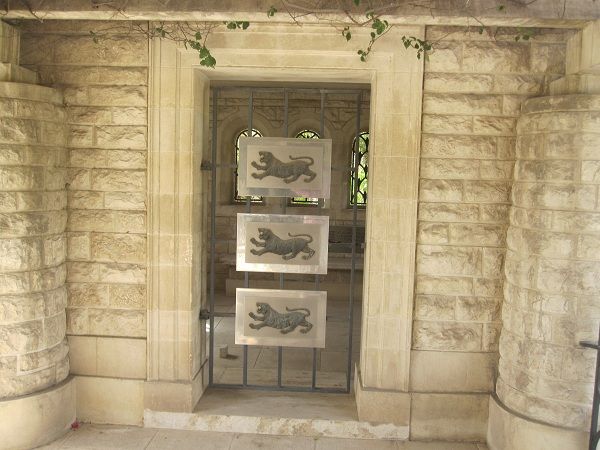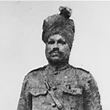
Badlu Singh was a Hindu Jat born in Dhakla Village, District Haryana, India. He was born on 13 January 1876 and died in action on 23 September 1918
He was a Rissaldar (commander of a risala – mounted troop) in the 14th Murray’s Jat Lancers, attached to the 29th Lancers (Deccan Horse)
The 29th Lancers were sent to France, part of the 8th (Lucknow) Cavalry Brigade of the 1st Indian Cavalry Division. They served, at times, in the trenches as infantry before being withdrawn to fight in Palestine.
Badlu Singh died in action and he was awarded a posthumous Victoria Cross. His VC is displayed on rotation at The Lord Ashcroft Gallery: Extraordinary Heroes exhibition, Imperial War Museum.
“Risaldar Badlu Singh was attached to 29th Lancers when “on the morning of the 23rd September 1918, his squadron charged a strong enemy position on the west bank of the river Jordan, between the river and Kh. es Samariyeh village. On nearing the position, Risaldar Badlu Singh realised that the squadron was suffering casualties from a small hill on the left front occupied by machine guns and 200 infantry. Without the slightest hesitation he collected six other ranks and with the greatest dash and total disregard for danger, charged and captured the position, thereby saving very heavy casualties to the squadron. He was mortally wounded on the very top of the hill when capturing one of the machine guns single handed, but all the machine guns and infantry had surrendered to him before he died. His valour and initiative were of the highest order.” London Gazette of 27th November, 1918
He was cremated where he fell but his name is inscribed on the Heliopolis (Port Tewfik) Memorial in Egypt.
Neera Sahni, Research Services Leader, City of Parramatta, Parramatta Heritage Centre 2016



